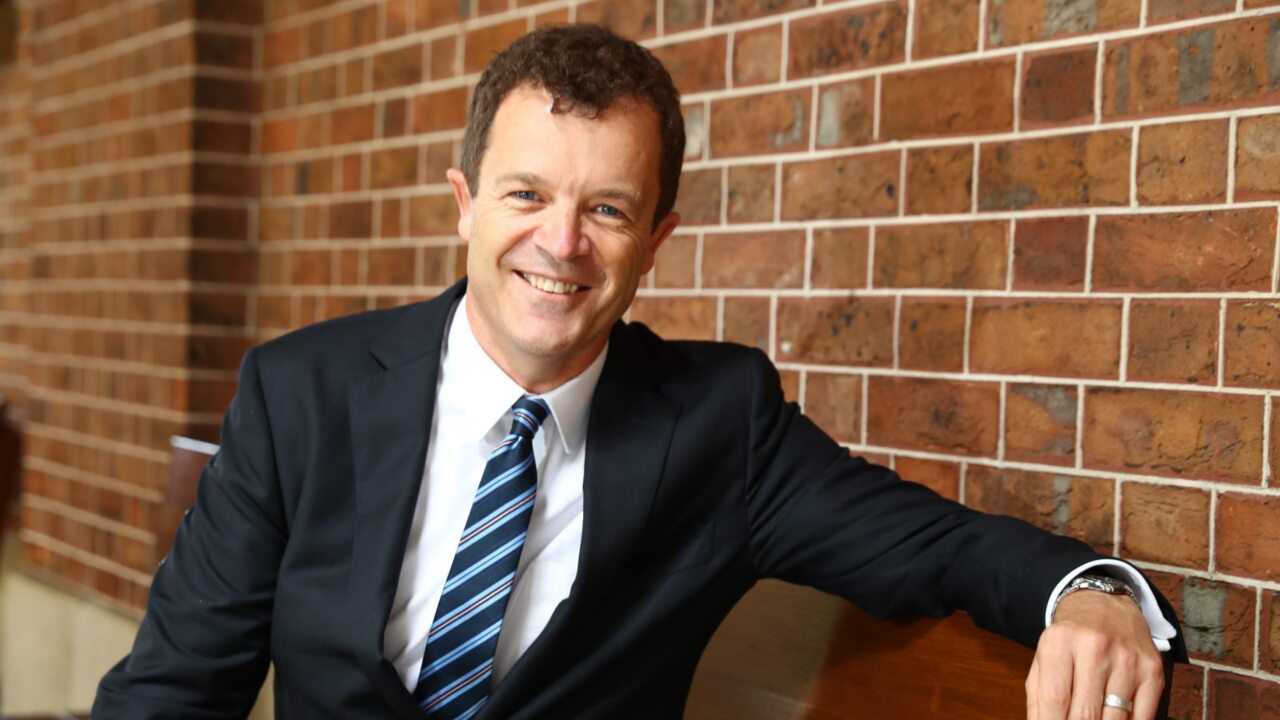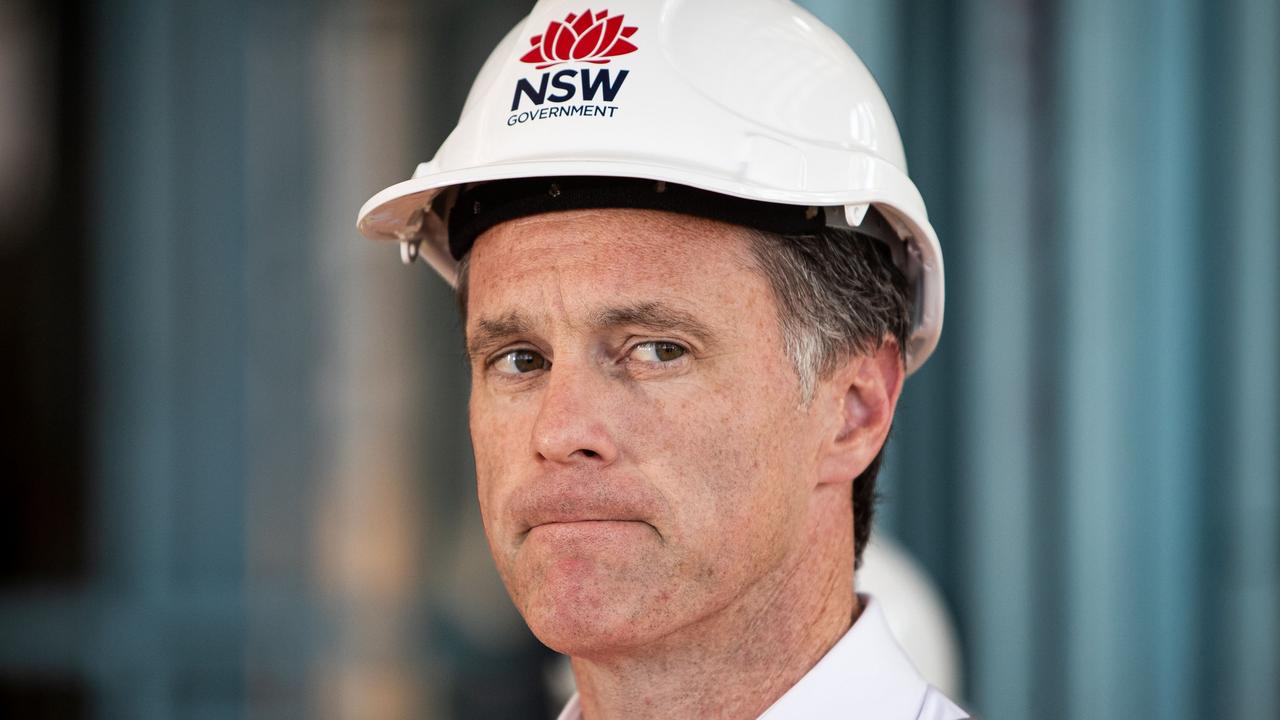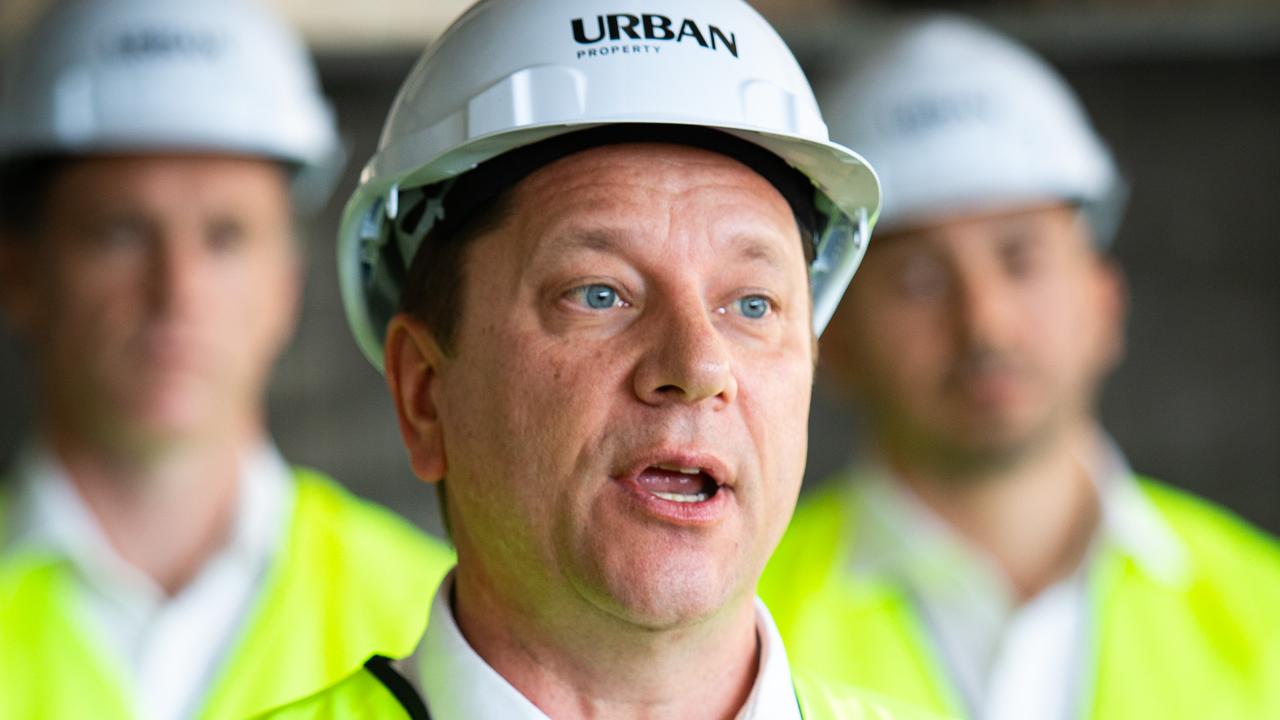Increasing housing infrastructure and removing red tape: Inside NSW’s $2.2bn plan to meet 75,000 housing target
NSW Premier Chris Minns has revealed two measures that will help ease housing prices and meet the state’s target to deliver 75,000 new homes every year.

NSW will increase housing supply and slash house prices through a $2.2 billion plan to slash red tape and deliver a huge boost to neighbourhood infrastucture.
The state is currently severely behind on its target to build 75,000 new homes every year, assigned by the federal National Housing Accord.
NSW Premier Chris Minns said the state had only delivered 48,000 completions over the last 12 months, with residents being priced out of the market due to Sydney’s nation leading median housing prices.
“The only way to ease housing prices is to ensure that we’ve got supply in the pipeline. We are committed to doing that,” he said.
“That means more urban consolidation, it means more building on transport lines (and) it means government committing infrastructure to essential parts of metropolitan Sydney in particular.
“The bottom line here is we are ensuring that the infrastructure money is made available and the red tape is removed so that we can get housing completions up and running in this state.”

Among NSW’s $2.2bn budget commitments, $300m was given to housing company Landcom, which has been tasked with constructing an extra 4697 homes by 2039, 30 per cent of which has been marked for social housing.
As it stands, the agency builds between 2500 to 3000 homes a year.
$400m in “loose change” found through completed Restart NSW projects will also be diverted to the Housing Infrastructure Fund to fund projects like roads, parks, and sewers.
An additional $1.5bn has also been dedicated to build infrastructure like roads, parks, hospitals and schools across Sydney, the Lower Hunter, Central Coast and the Illawarra.
Planning Minister Paul Scully said involvement from the private sector would also be imperative to increasing housing supply, and flagged future reform.
“We will have more analysis with respect to planning reform which will encourage things encourage more private sector development into the future,” he said.
“What we’ve got to do, is get all arms of the system working together so that so that we are delivering as many homes as fast as we possibly can.”
Mr Minns said workforce shortages were also putting pressures on housing supply, particularly in the government sector, and flagged the importance of “private capital and private construction”.
“That’s the only way we’re going to ease some of the demand constraints we’ve got in the economy, by increasing supply in the marketplace,” he said.
An industry organisation representing property developers, Urban Taskforce’s chief executive Tom Forrest questioned why the budget didn’t provide incentives for developers to increase housing supply, despite the private sector delivering more than 95 per cent of new housing.
“The disproportionate focus on social and affordable housing is a symptom of the government throwing band-aids on the housing supply crisis rather than taking bold steps to solve the problem,” he said.

However, Mr Forrest welcomed the funding overall, and hoped it was an optimistic sign of the government incoming planning reforms.
He said the labour intensive process of produces new homes, from design, construction, marketing, maintenance and sales produced multiple taxes like “payroll tax revenue, stamp duty, GST revenue, land tax, as well as both local and state infrastructure fees and charges”.
“The National Housing Accord housing supply targets require a massive increase in housing supply starting next year. Taxes on property development directly reduce housing supply,” he said.
“Confidence is at a low ebb at present, but there is optimism the planning reforms needed to deliver the forecast budget result as well as the associated boost in housing supply will come very soon,” he said.



